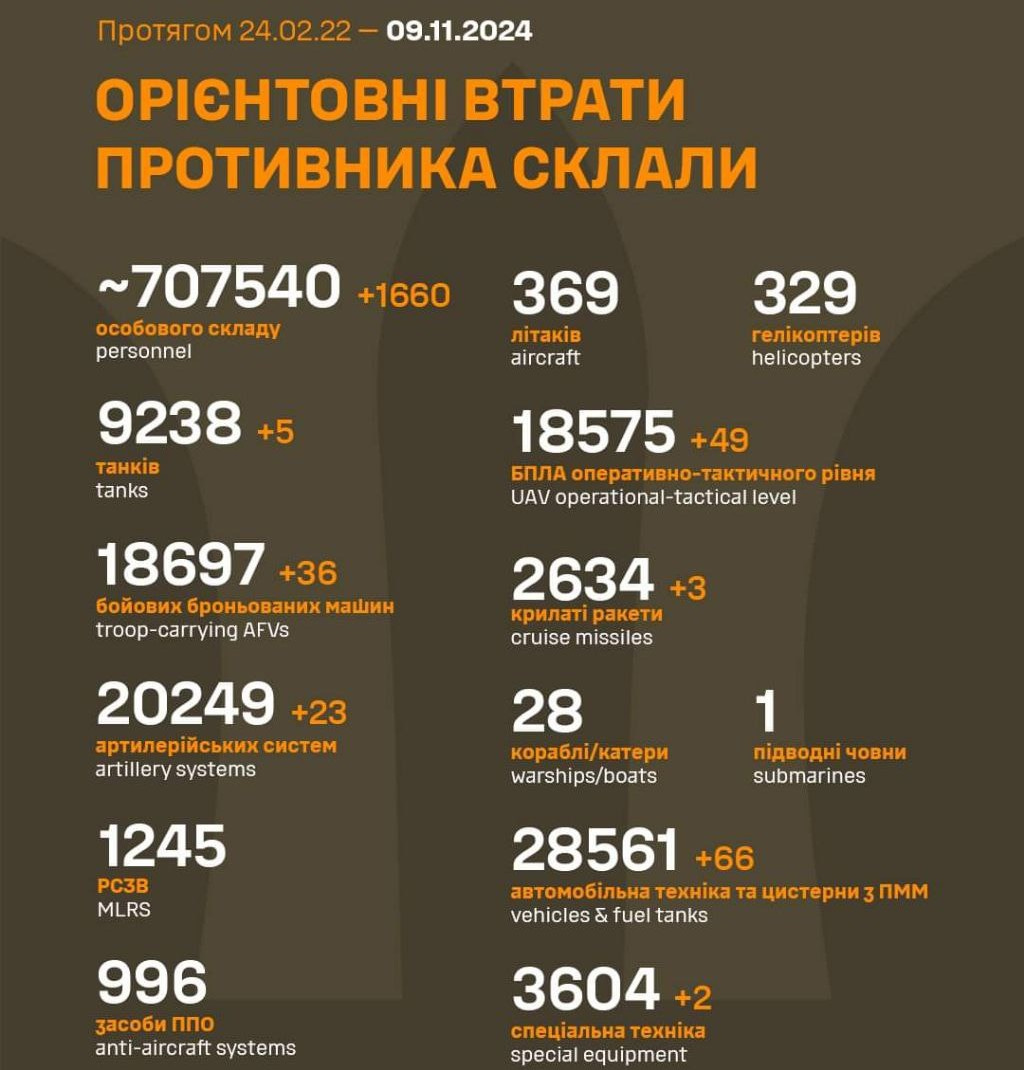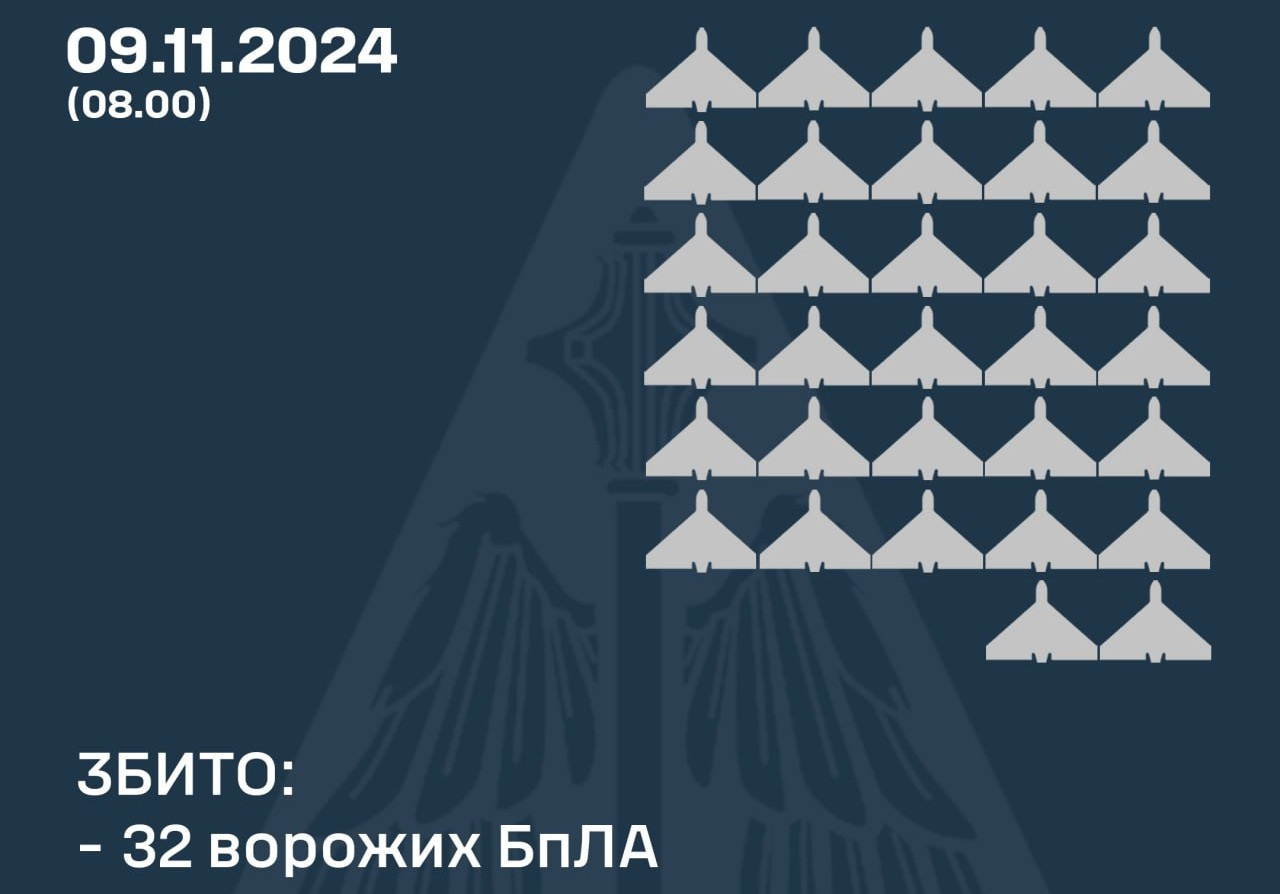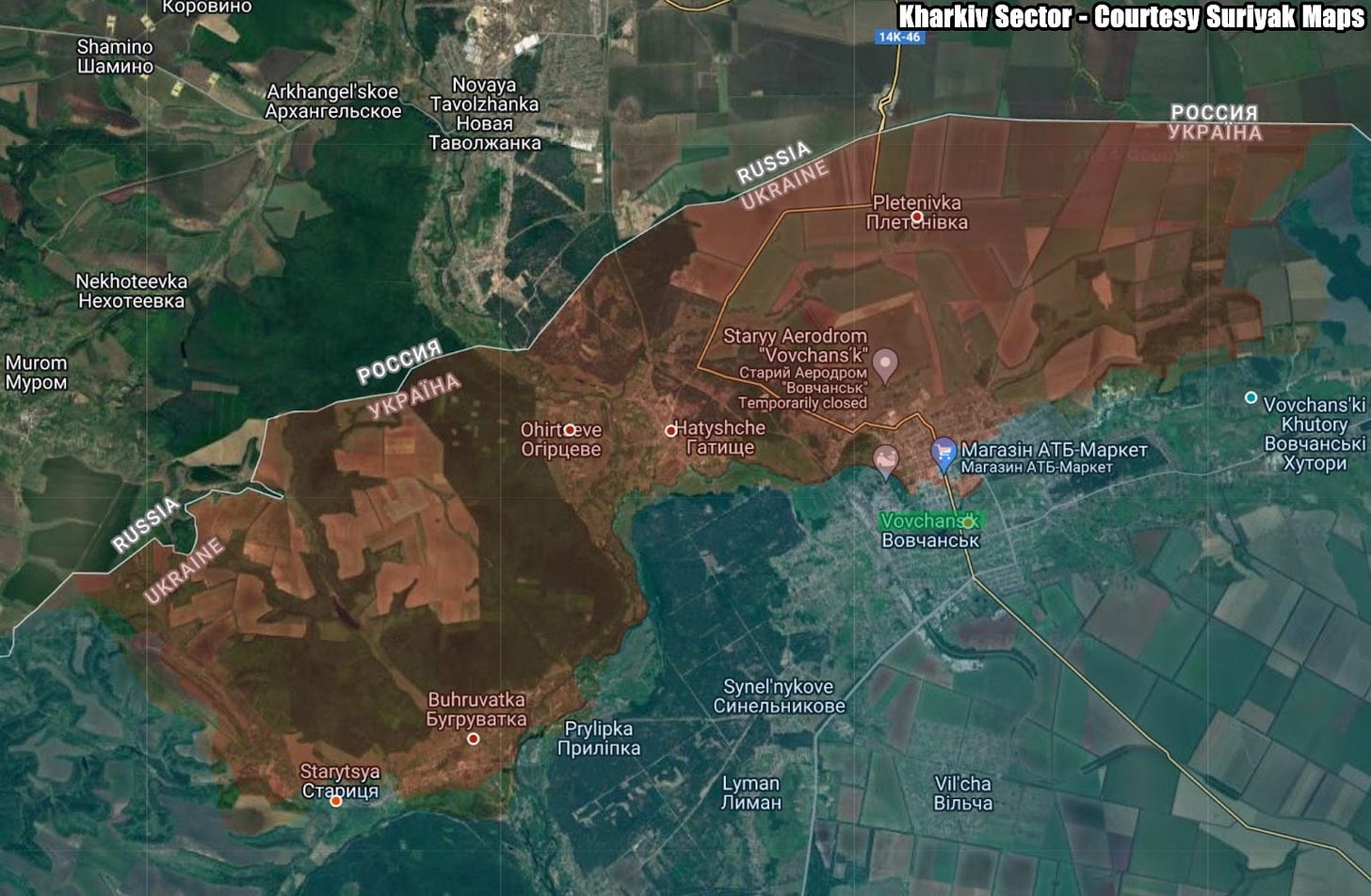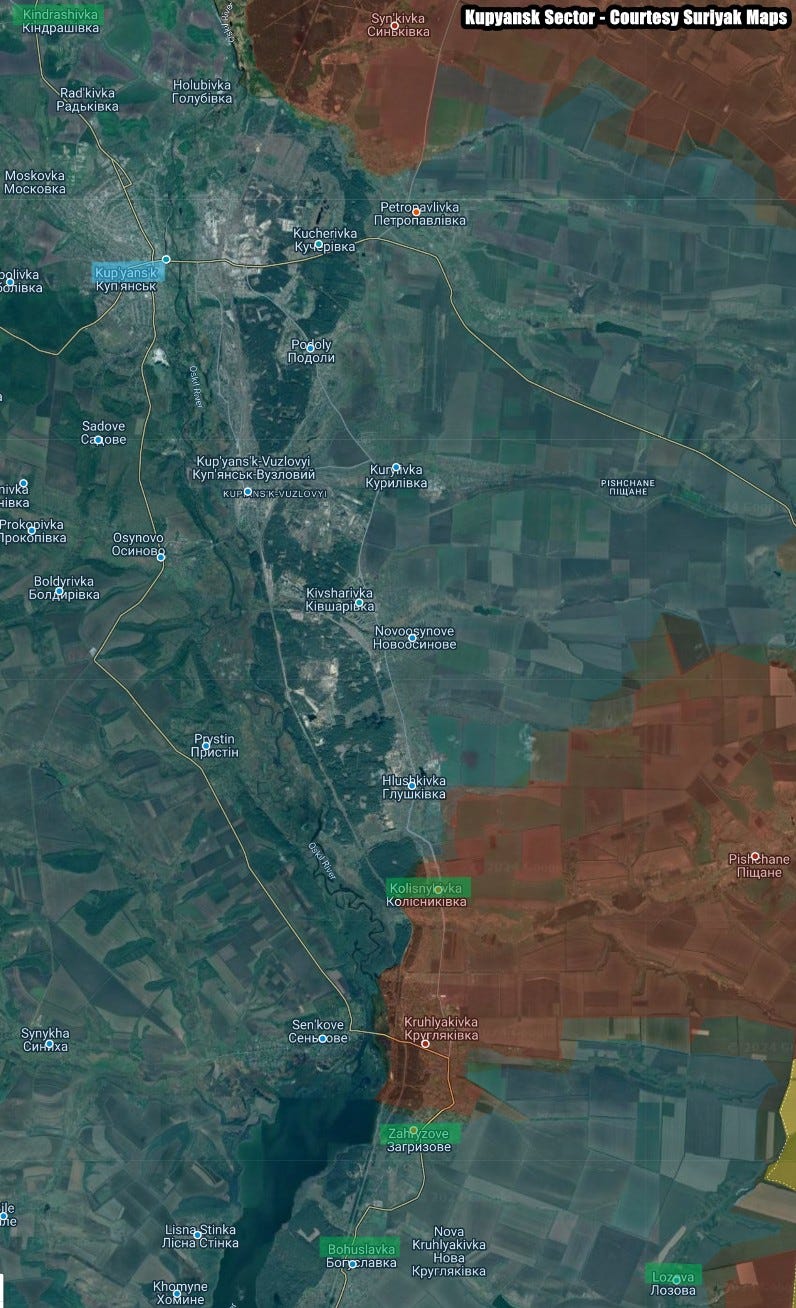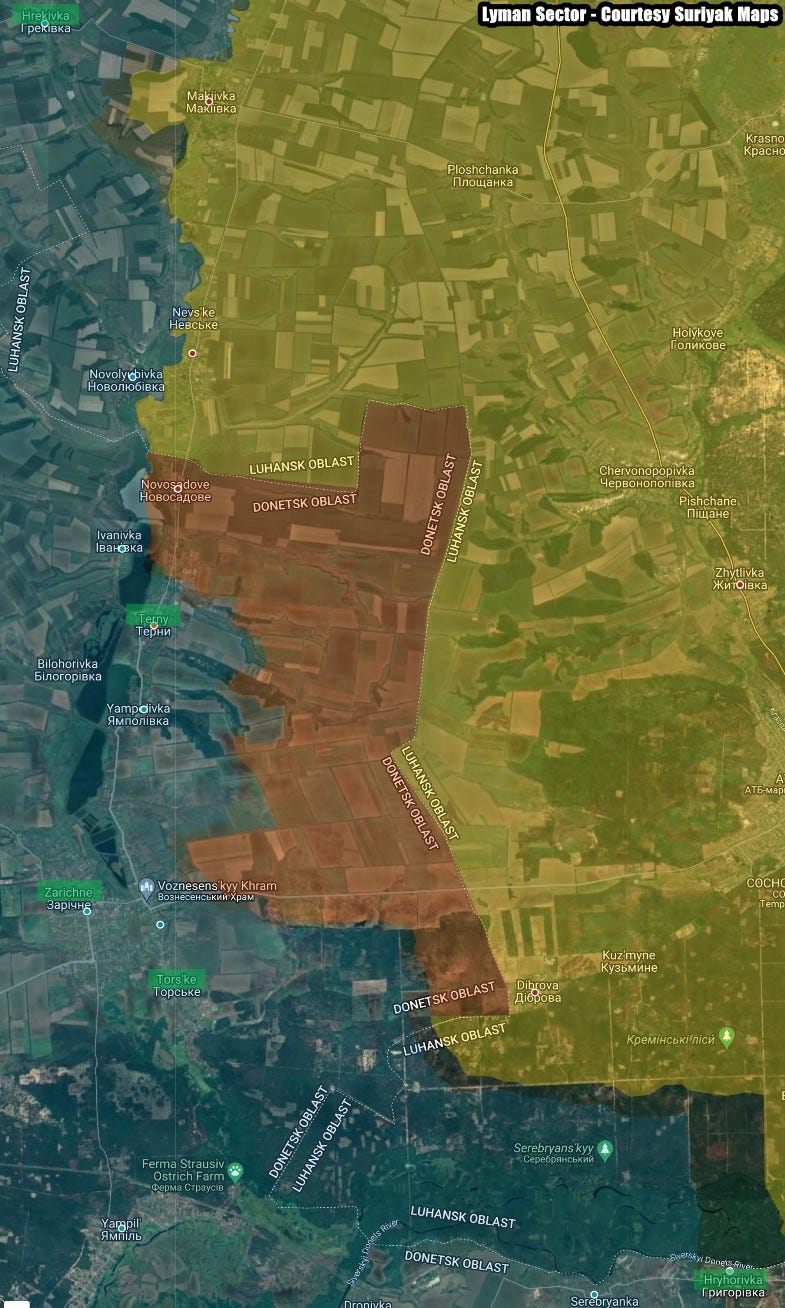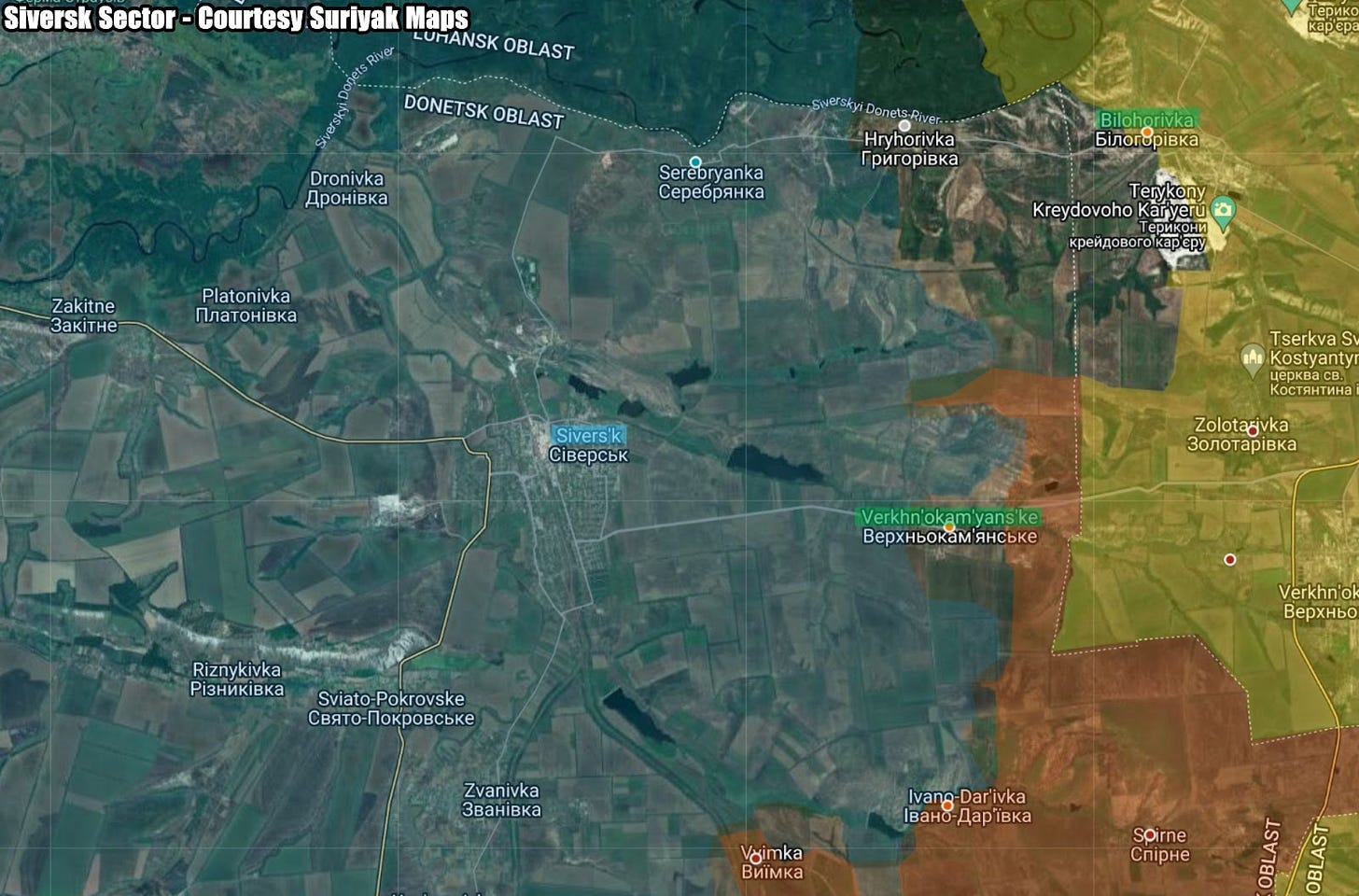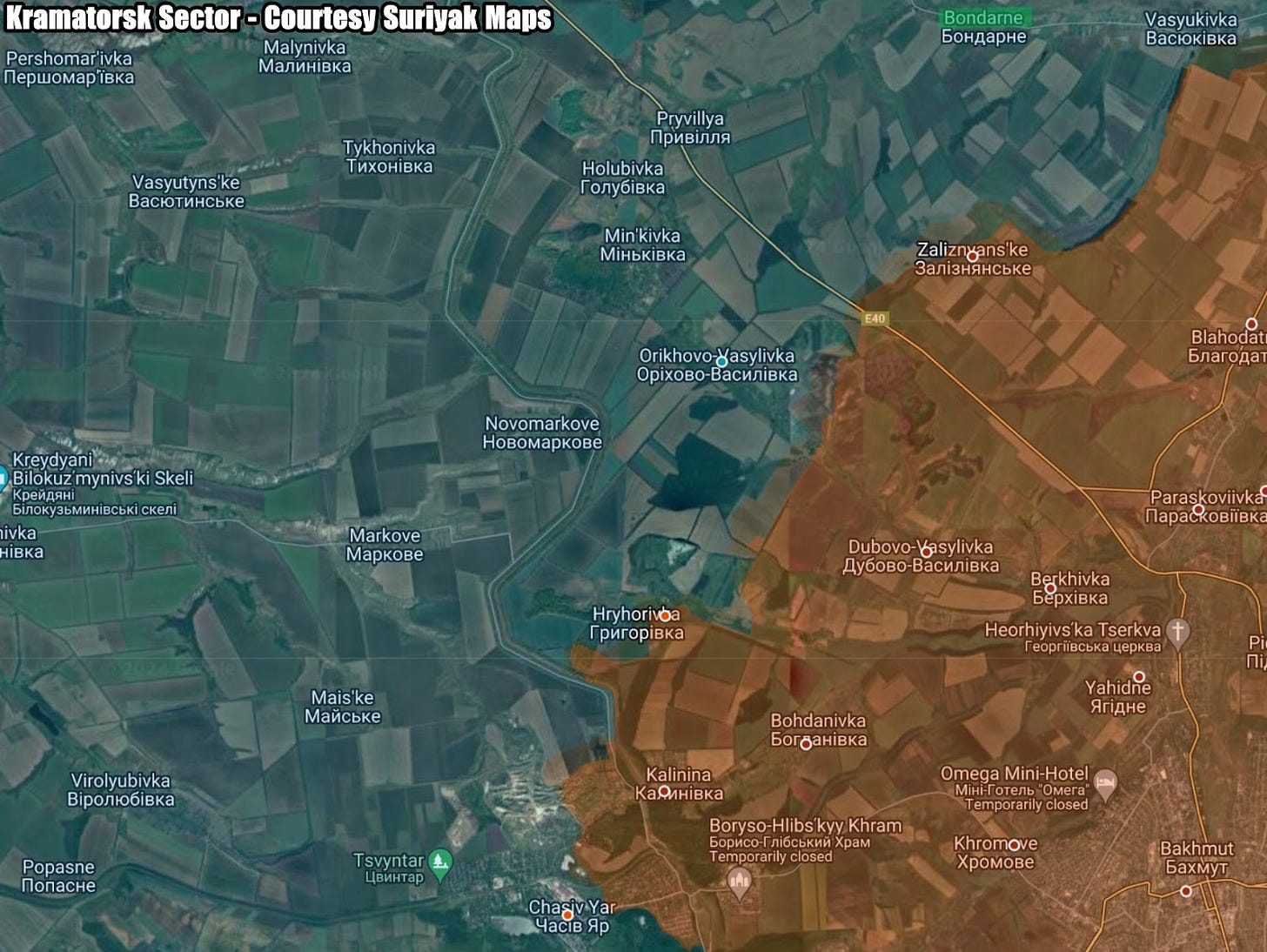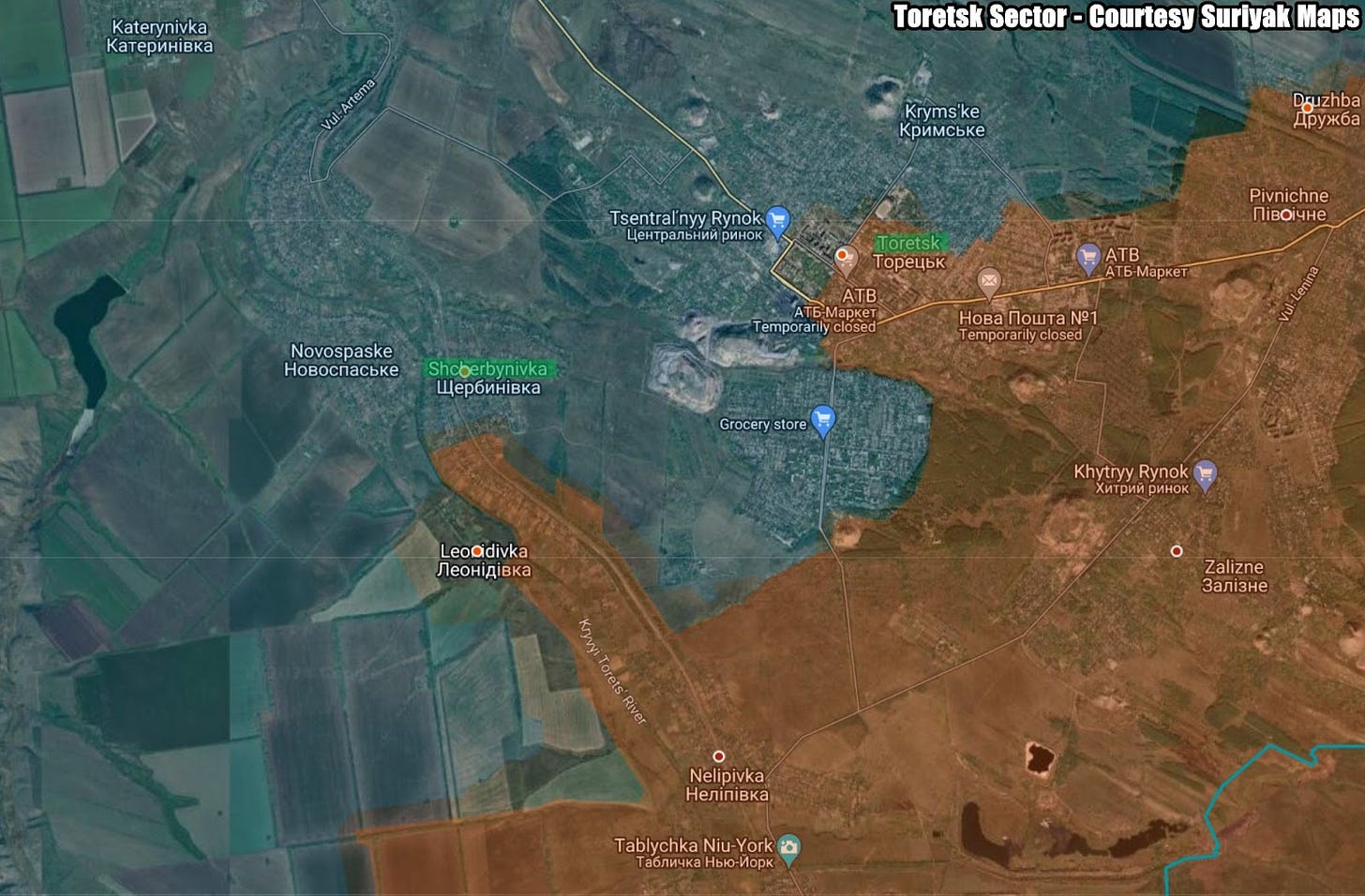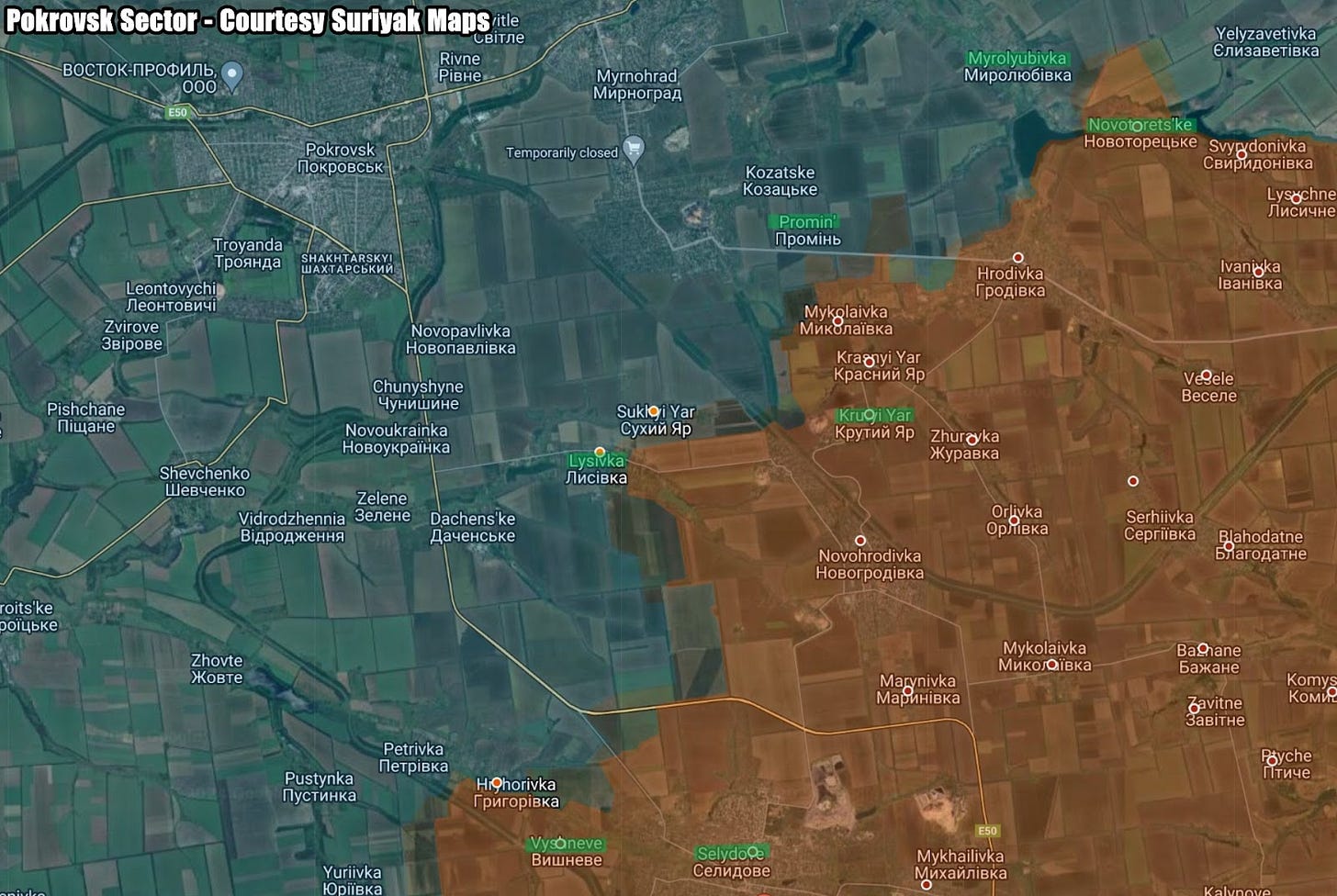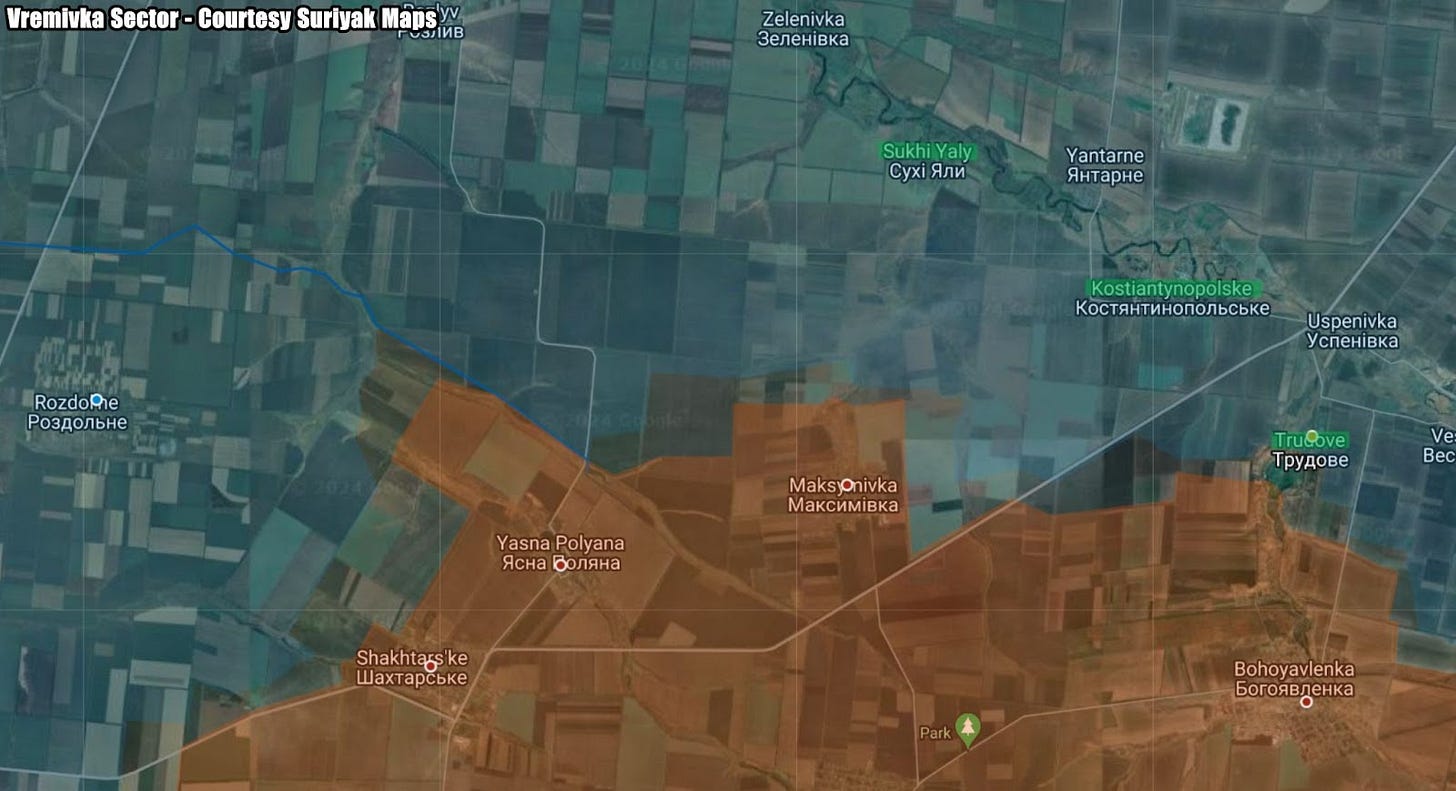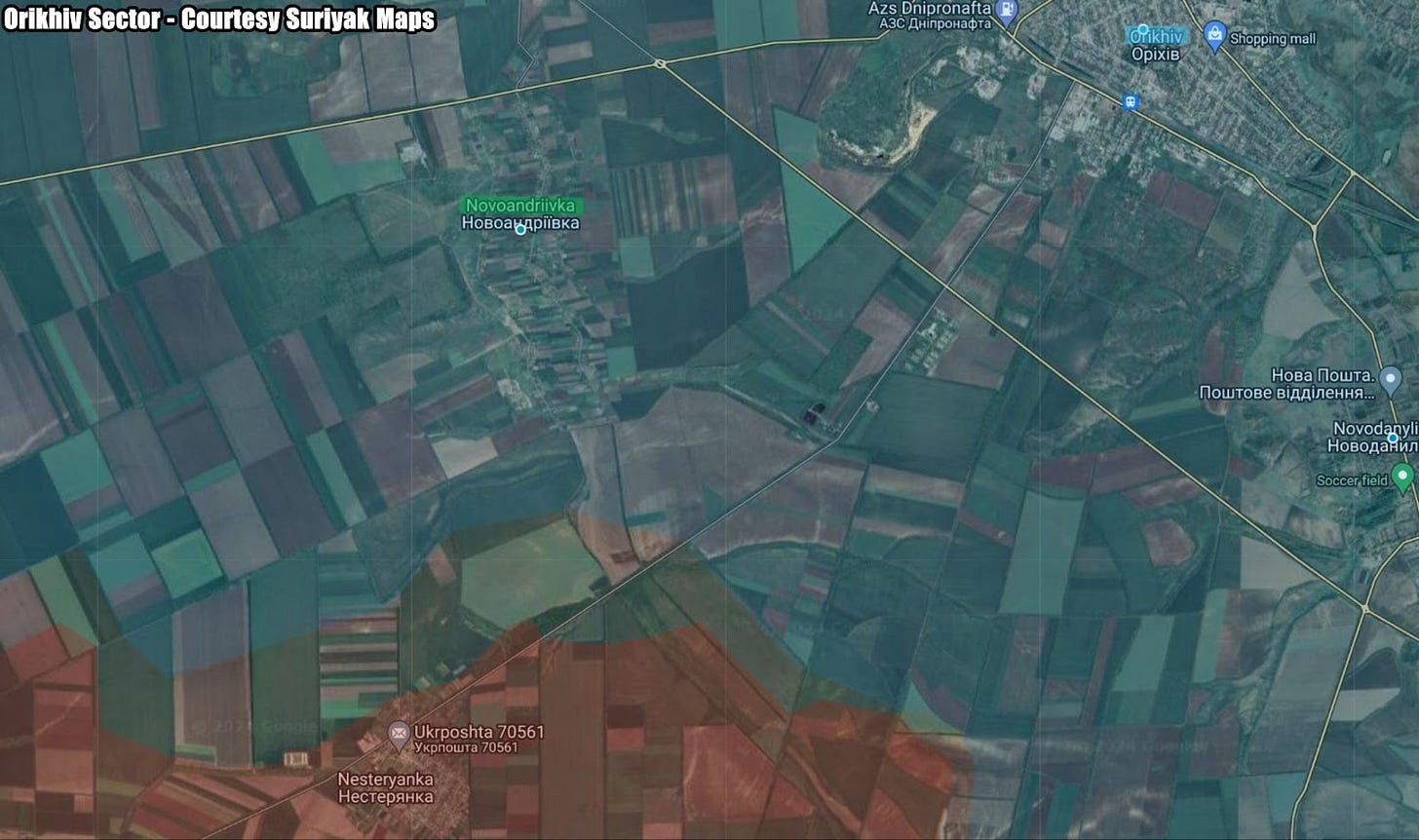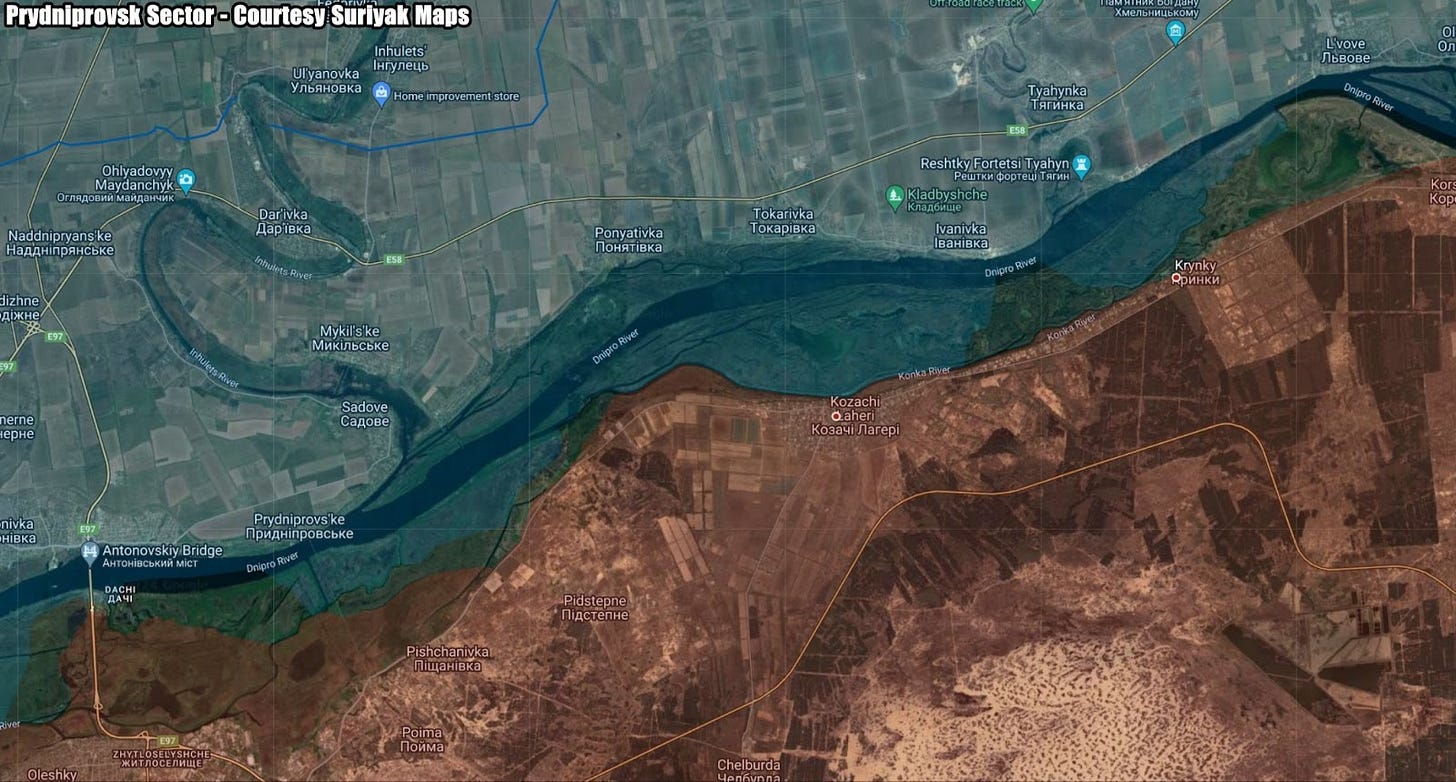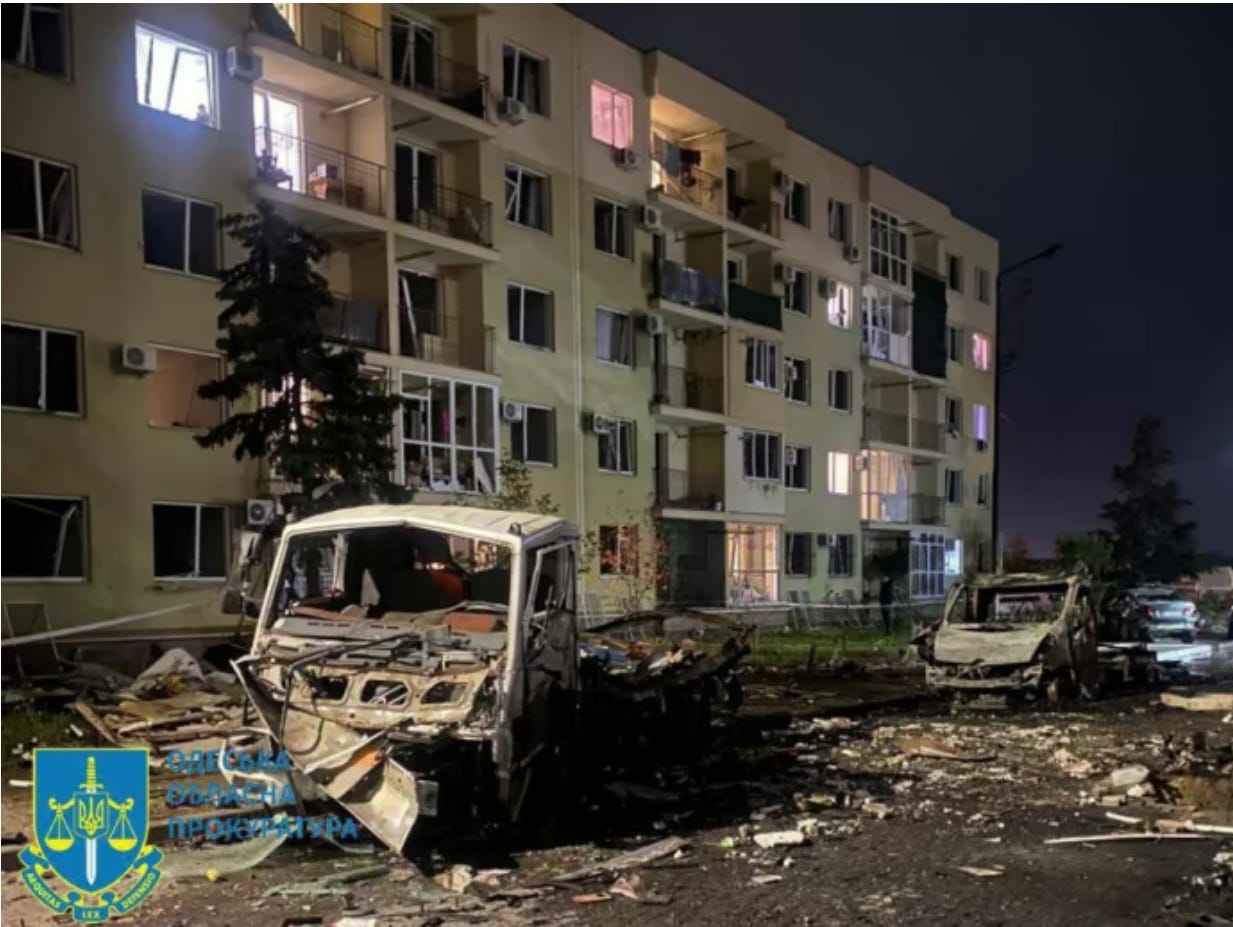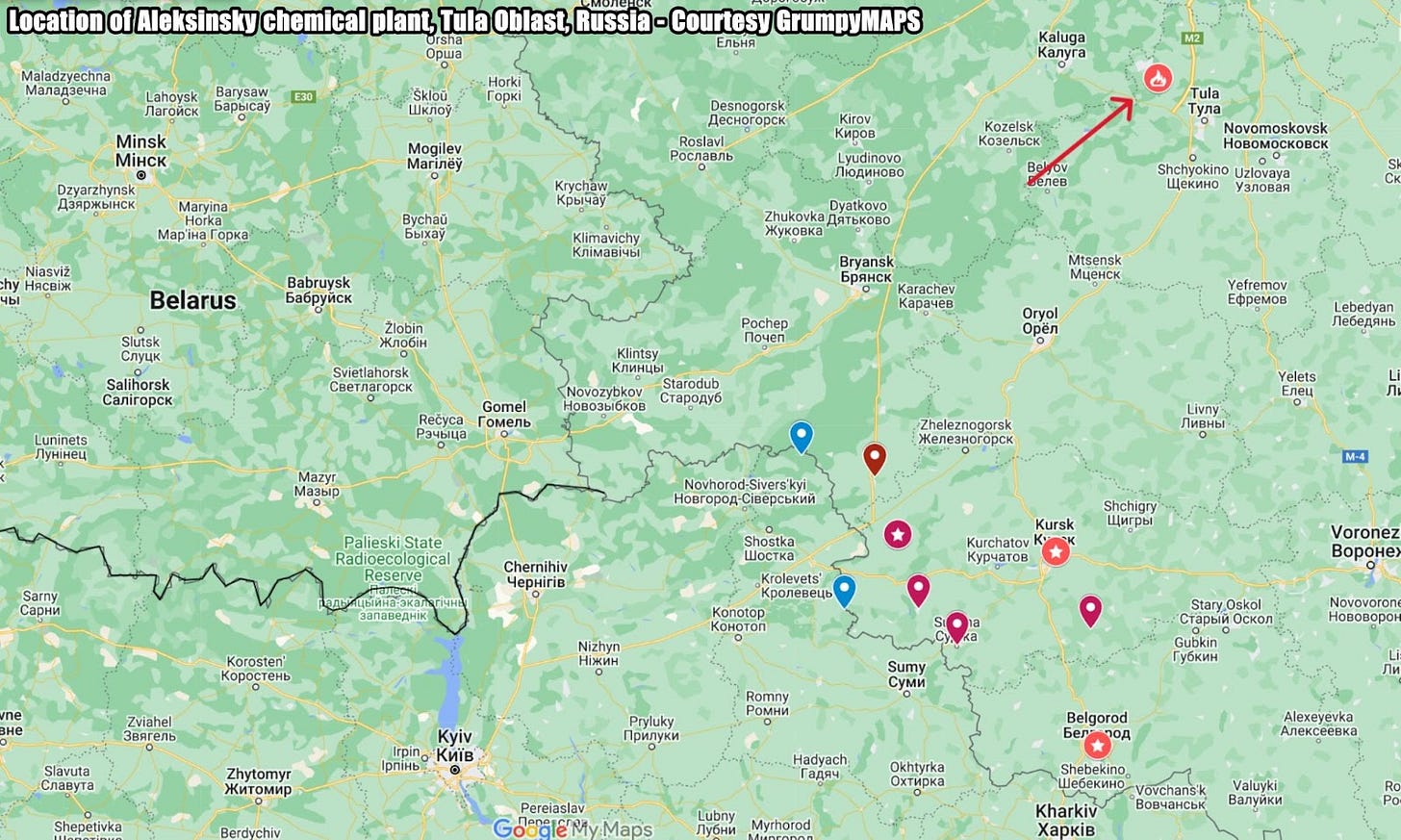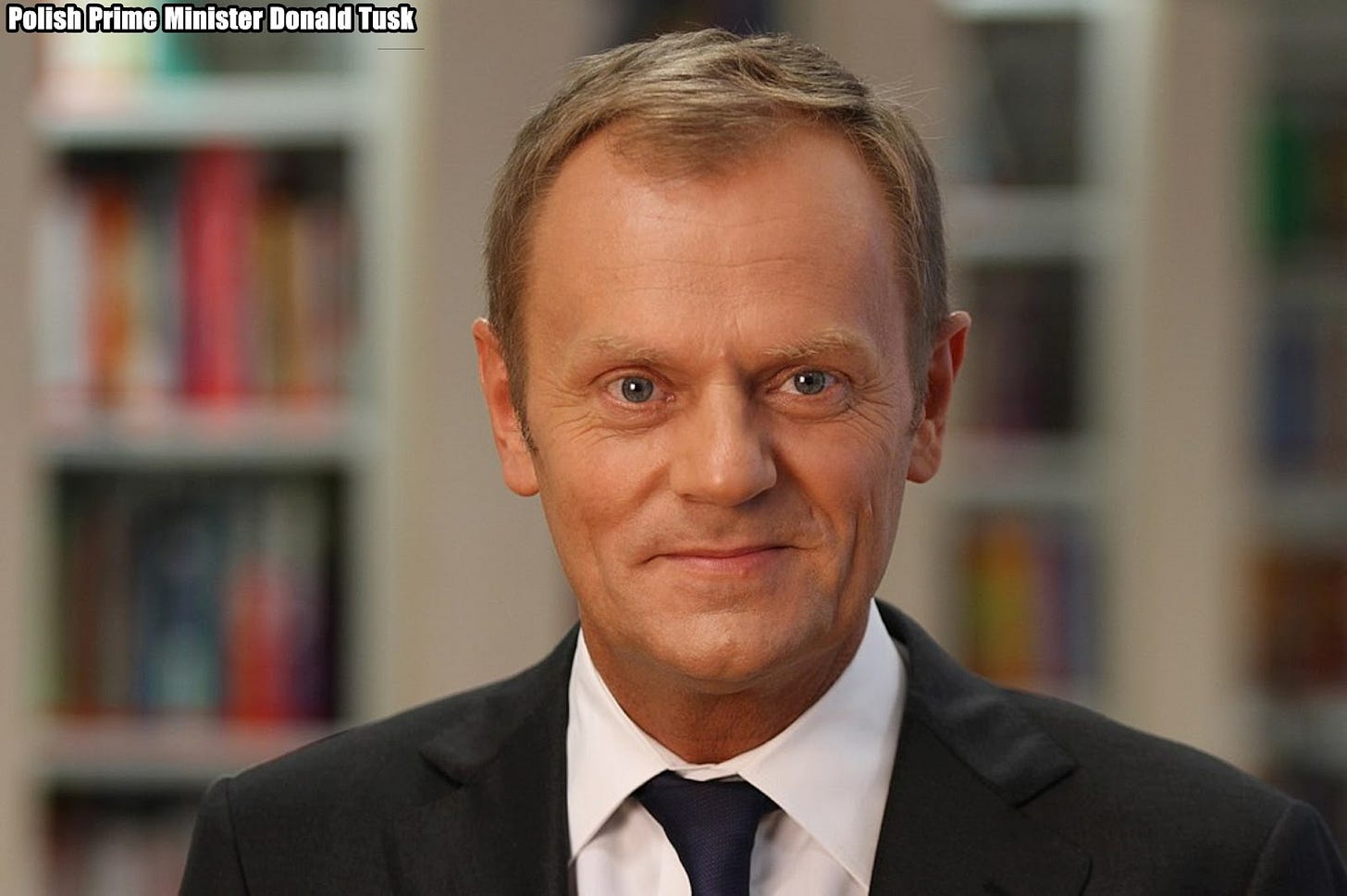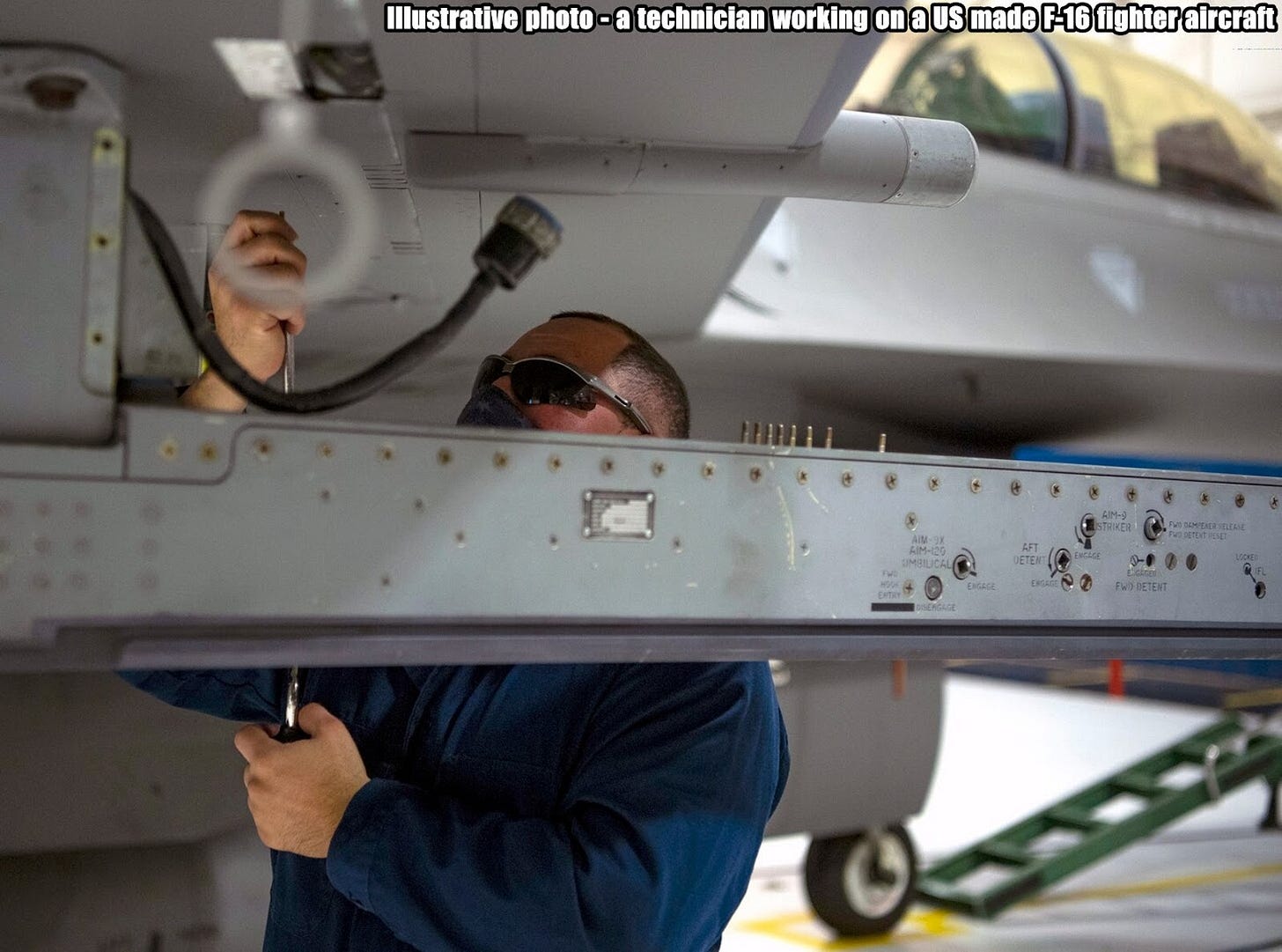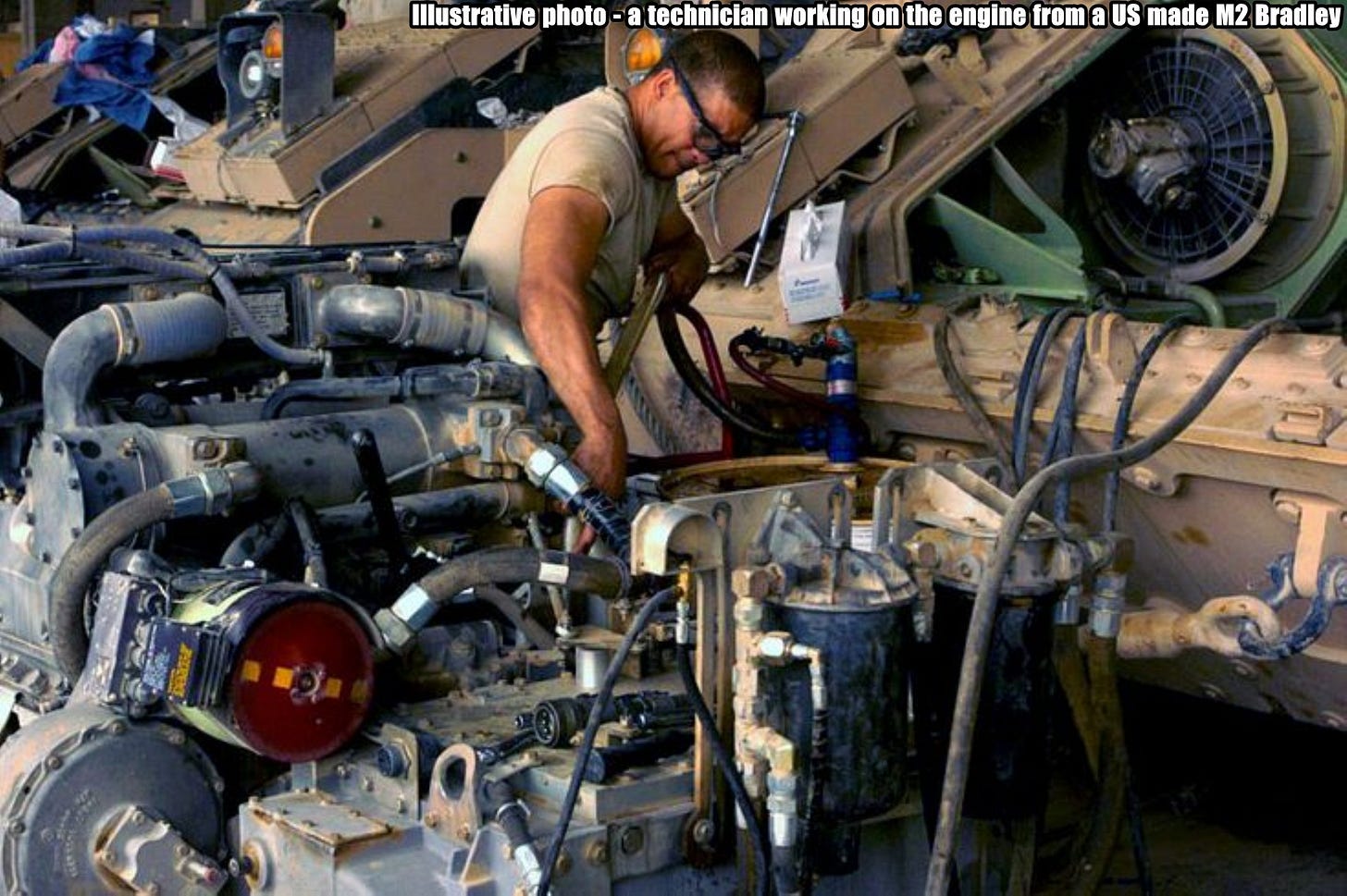Slava Ukraini! In early 2022 I began a Telegram channel aggregating news from a number of sources daily on the war in Ukraine. In June 2023 I began providing a daily draft for the Ukraine War Brief Podcast collecting news from over 70 sources daily, much of which formed the basis of the script. While the Podcast no longer exists I have continued to make this Brief available both on my own Substack and The People’s Media for those who wish to keep up with events on a daily basis.
All the latest news on the Russo-Ukraine War 6 days per week
ALONG THE CONTACT LINE
GSAFU Morning Report
The General Staff of the Armed Forces of Ukraine in its Operational Information update at 22:00 on Nov 8 stated that day 980 of the full-scale invasion of the Russian Federation against Ukraine was about to begin.
During the past day, 164 combat engagements took place. Over the past 24 hours, the enemy carried out 3 missile strikes, 62 air strikes, 453 drone strikes and more than 3,500 artillery strikes across the positions of Ukrainian forces.
At the same time, Ukrainian soldiers continue to inflict losses in manpower and equipment on the occupying troops, exhausting the enemy along the entire front line and continue to disrupt the plans of Russian occupiers to advance deep into the territory of Ukraine.
Air Force Daily Report
On the night of Nov 9, 2024 (from 9:00 p.m. on Nov 8), the enemy attacked from the districts of Primorsko-Akhtarsk and Orla - Russian Federation. 51st strike UAV of the "Shahed" type and unmanned aerial vehicles of an unspecified type.
The epicentre of the attack was Odesa.
The air attack was repulsed by anti-aircraft missile troops, units of electronic defence systems, mobile fire groups of the Air Force and the Defense Forces of Ukraine.
As of 08:00, the downing of 32 enemy UAVs in the Odesa, Mykolaiv, Dnipropetrovsk, Zaporizhzhya, Donetsk, Sumy, Kharkiv, Poltava, Vinnytsia, Cherkasy and Ternopil regions has been confirmed. 18 enemy drones were lost in different regions of Ukraine.
The Russian Border Incursion
The Institute for the Study of War (ISW), a US based think tank, in its Nov 8 Russian Offensive Campaign Assessment reported that Ukrainian forces recently advanced on the northwestern edge of the main Ukrainian salient in Kursk Oblast amid reports of intensified Russian offensive operations along the salient on November 8. Geolocated footage published on Nov 8 indicates that Ukrainian forces marginally advanced to a windbreak in northern Novoivanovka (southeast of Korenevo). Several Russian milbloggers claimed that Russian forces have intensified their attacks in Korenevsky Raion (the northwestern part of the salient), although others claimed that the frontline has remained largely unchanged despite increased fighting.
Russian milbloggers claimed that the fighting is particularly heavy in and near Novoivanovka and near Darino (also southeast of Korenevo) and that Russian forces advanced on the southern outskirts of Plekhovo (southeast of Sudzha). Russian sources, including the Russian Ministry of Defense (MoD), claimed that fighting continues southeast of Korenevo near Darino, Nikolaevo-Darino, Novoivanovka, and Zeleny Shlyakh and north of Sudzha near Pogrebki, Malaya Loknya, and Staraya Sorochina. The Russian MoD also claimed that Russian forces repelled a Ukrainian attack in Glushkovsky Raion (west of the main salient in Kursk Oblast) near Novy Put (southwest of Glushkovo). Elements of the 51st Airborne (VDV) Regiment (106th VDV Division) reportedly advanced into Darino and are fighting in and near the settlement.
The Khortytsia operational-strategic group
(Responsible for the northeastern part of Ukraine. )
Kharkiv Sector: Over the last day Ukrainian Defense Forces repelled 4 Russian attacks in the area of Vovchansk.
Kupyansk Sector: Russian Forces carried out 14 offensive actions against Ukrainian defensive positions near Kindrashivka, Kolisynivka, Zahryzove, Bohuslavka and Lozova. 1 engagement continues.
Lyman Sector: Russian Forces carried out 11 offensive actions against Ukrainian defensive positions near Hrekivka, Novomykhailivka, Terny, Zarichne, Torske and Hyrhorivka. 1 engagement continues.
Siversk Sector: Russian forces carried out 3 offensive actions near Bilohorivka and Verkhnokamyanske. 1 engagement continues.
Kramatorsk Sector: Russian forces carried out 1 unsuccessful offensive action against Ukrainian defences in the vicinity of Bondarne.
Toretsk Sector: Russian forces carried out 10 offensive actions with air support near Toretsk and Shcherbynivka. 3 engagements continue.
The Tavria operational-strategic group
(Responsible for the central-eastern and southeastern part of Ukraine.)
Pokrovsk Sector : Russian forces carried out 34 offensive actions in the vicinity of Myrolyubivka, Novotoretske, Promin, Krutyi Yar, Lysivka, Vyshneve and Selydove. 3 engagements continue.
Kurakhove Sector: The main thrust of Russian forces over the last day was in this district 40 offensive actions took place in the vicinity of Novodmytrivka, Voznesenka, Novoselydivka, Berestky, Maksymilyanivka, Katerynivka and Antonivka. 21 engagements continue.
Vremivka Sector: Russian forces made 6 attempts to break through Ukrainian defences in the vicinity of Sukhi Yaly, Kostiantynopolske and Trudove . 1 engagement continues.
Orikhiv Sector: In this sector, over the last day, Russian forces made 4 attempts to dislodge Ukrainian units from their positions near Novoandriivka. 3 engagements continue.
The Odesa operational-strategic group
(Responsible for Kherson, Qırım, (also known as Crimea) and the Black Sea.)
Prydniprovsk Sector: In this sector, over the last day, there has been no significant change in the combat environment. Russian forces made 3 unsuccessful attempts to dislodge Ukrainian units from their positions on the left bank of the Dnipro.
TEMPORARILY OCCUPIED TERRITORIES
Nothing major to report.
THE HOME FRONT
Russian drone attack on Odesa kills 1, wounds 13
Russian troops launched "a massive" drone attack on Odesa and its suburbs, killing one person and wounding 13, the Odesa Oblast Prosecutor's Office reported on Nov. 9. The Kyiv Independent reports.
Among the wounded in the drone attack in the early hours of Nov. 9 were two boys aged four and 16, according to the report.
The report comes as Ukraine's Air Force said that Russia attacked Ukraine overnight with 51 drones, and the southern Odesa Oblast was the "epicentre." Shahed drones and drones of an "unspecified type" were used in the attack, according to the Air Force.
The attack on Odesa damaged multi-story buildings, private houses, warehouses, and cars, the regional prosecutors reported.
"The inspection is ongoing, the full list of destruction and damage is being established," the Odesa Oblast Prosecutor's Office said in its Telegram post.
Russia has ramped up its drone attacks across Ukraine, including on the capital of Kyiv, where civilians suffer drone attacks almost daily.
A Russian drone strike on Nov. 7 damaged the apartment building where Estonia's ambassador to Ukraine lives, Estonian Foreign Affairs Minister Margus Tsahkna said on Nov. 8. Ambassador Annely Kolk "was lucky not to be harmed," Tsahkna said in a post on social media.
Russia launched over 2,000 attack drones targeting both civilian and military sites across Ukraine last month, Kyiv’s military reported on Nov. 1, as Russian forces continue their offensive in eastern and southern Ukraine.
RUSSIAN WORLD
Ukrainian drones hit chemical plant in Russia's Tula Oblast
Ukrainian drones have struck the Aleksinsky chemical plant, which produces gunpowder and ammunition for the Russian military, in Russia's Tula Oblast, the Kyiv Independent reported on Nov. 9 citing sources at the Security Service of Ukraine (SBU).
The SBU sources said at least 13 drones flew at the plant overnight, and orange smoke erupted due to the gunpowder at the site.
"The plant itself was shut down, and personnel evacuated," the sources said, adding that a 110 kV was damaged and confirming that the gunpowder production facility was the target.
The Russian Defense Ministry reported on Nov. 9 that Ukraine had attacked seven Russian regions – including Tula Oblast – with 50 drones. Moscow claimed that it had shot down all 50 drones, including two over Tula Oblast, which is located south of Moscow.
According to the SBU sources, air alerts began at 9:30 p.m. on Nov. 8, and local residents started reporting explosions at 3 am. There was another explosion at around 1pm due to the chemicals catching fire, the source added.
"The destruction of weapons depots, military airfields and enterprises that are part of the Russian military-industrial complex reduces Russia's ability to terrorise our country,” the SBU sources said.
Despite being limited to the use of long-range kamikaze drones, Kyiv has scored some spectacular success in recent weeks.
One of the largest explosions of the full-scale invasion saw, in the words of a Security Service of Ukraine (SBU) source, an ammunition warehouse "literally wiped off the face of the earth" in Tver Oblast last month.
This came just days after Ukraine confirmed attacks on two other arms depots, with the U.K. Defense Ministry saying that the combined strikes caused "the largest loss of ammunition" in Russia during its all-out war against Ukraine.
INTERNATIONAL NEWS
A Canadian journalist reporting on "fascists" in Ukraine suspected as a Soviet agent
In late October, Canada's Committee on Public Safety and National Security (SECU) held hearings on the impact of Russian disinformation on Canadian media. These hearings attracted significant attention as David Pugliese, a prominent Ottawa Citizen journalist, was accused of working for Soviet, and possibly also Russian, intelligence. European Pravda reports.
The recent parliamentary hearings were triggered in part by widespread protest against the screening of a supposed documentary, Russians at War, at the Toronto International Film Festival (TIFF).
Directed by Anastasia Trofimova, a former RT (Russia Today) employee, the film promotes Russian narratives, including the idea that Russians are fighting alongside Ukrainians and that "Russian soldiers are also victims of this war." RT has been banned in Canada since the start of Russia’s full scale invasion of Ukraine.
According to documents obtained by former minister and opposition Conservative politician Chris Alexander, Canadian journalist David Pugliese first came under KGB scrutiny as someone who might later work in major Canadian and US media. An agent named Ivan met David in 1982 at a public lecture on the Soviet invasion of Afghanistan and was instructed to cultivate a relationship with him, as David held pro-Soviet views.
A report from 20 June 1990 noted that contact was successfully established between agent Ivan and "Stewart" (Pugliese's alias). Alexander suggests that after the USSR dissolved, Russian intelligence may have continued to work with "agent Stewart."
Why Pugliese? For over 30 years, he's specialised in military and security issues, reporting on Canada’s military operations, procurement and misconduct within the armed forces. He is also known for articles on "fascists" within Ukrainian and Baltic diasporas.
Pugliese is not alone in his quest to expose "Ukrainian fascists." University of Ottawa professor Ivan Katchanovski, for instance, has been promoting narratives about "Ukrainian Nazis" and the "state coup" in Ukraine since 2014.
Jewish-Ukrainian Canadian historian Alik Gomelsky believes that the KGB built a network of public propagandists in Canada, a country with one of the largest Ukrainian diasporas. Almost every major Canadian university has professors who still promote pro-Russian narratives.
Pugliese, a veteran Ottawa journalist says he and his family have received threats since he was accused of being a Russian agent during a House of Commons committee meeting last month — a claim he refutes and describes as "preposterous." CBC reports.
Polish PM to meet French, UK, NATO leaders to discuss Ukraine
Polish Prime Minister Donald Tusk will meet France's president, Britain's prime minister, the head of NATO, and leaders of Nordic and Baltic states soon to discuss transatlantic cooperation and the war in Ukraine, he said on Saturday.Reuters reports.
The future of aid to Ukraine is among the major questions facing the European Union after Donald Trump's U.S. election victory. Trump has criticised the level of U.S. support for Ukraine's fight against Russia's invasion, and before the election promised to end the conflict before even taking office, without explaining how.
"There is no doubt that this new political landscape is a serious challenge for everyone, especially in the context of a possible end to the Russian-Ukrainian war as a result of an agreement between, for example, the president of Russia and the new president of the United States," Tusk said.
"...in the coming days, we will very intensively coordinate cooperation with countries that have a very similar view on the geopolitical and transatlantic situation and situation in Ukraine," he added.
Tusk said French President Emmanuel Macron and NATO head Mark Rutte would visit Warsaw soon and he would meet British Prime Minister Keir Starmer either in Warsaw or in London. Tusk will also meet Nordic and Baltic leaders in Stockholm.
"Everything will, of course, be in the context of new challenges facing our homeland, the entire region, the European Union and the Western community," Tusk said.
He reiterated what he said before the U.S. election: no matter the result, Europe has to take greater responsibility for its own safety and Ukraine's future cannot be decided without Ukraine.
MILITARY & TECH
Pentagon lifts ban on contractors fixing U.S.-supplied weapons in Ukraine.
In its final months, President Joe Biden's administration has decided to allow U.S. defence contractors to work in Ukraine to maintain and repair Pentagon-provided weaponry, U.S. officials told Reuters on Friday, in a significant policy shift that aims to aid Kyiv's fight against Russia. Reuters reports.
A U.S. official, speaking on condition of anonymity, said the contractors would be small in number and located far from the front lines. They will not be engaged in combat.
They will help ensure U.S.-provided equipment "can be rapidly repaired when damaged and be provided maintenance as needed," the official said.
Since Russia's 2022 invasion of Ukraine, the United States has given Kyiv tens of billions of dollars in weaponry. But Kyiv either had to move U.S.-provided weaponry out of the country for heavy repair or rely on video-conferencing and other creative solutions to fix those systems inside the country.
The restrictions in the past have sometimes slowed down repairs and proven increasingly difficult as the U.S. has provided Kyiv with more complicated systems, like F-16 fighter jets and Patriot air defences, officials say.
A lot of equipment in the country is not being used because it is damaged, a second U.S. official told Reuters.
The move is the latest easing of restrictions by Biden's administration, which has sought to help Ukraine defend itself against Moscow's 2 1/2 year-old invasion without becoming directly engaged against nuclear-armed Russia.
A third U.S. official said the decision would move the Pentagon in line with the U.S. State Department and U.S. Agency for International Development, which already have U.S. contractors in Ukraine.
The official added that no U.S. troops would be required to defend contractors in Ukraine, and that issues like safety and risk mitigation would be the responsibility of those companies entering into contracts with the Pentagon.
Some U.S. defence contractors have already gone to Ukraine in small numbers in the past, servicing weapons that weren't being provided by the Pentagon, the official said.
Given there are already a "wide array of American companies" who have personnel in Ukraine fulfilling contracts for the Ukrainian government, there would not be a substantial increase in U.S. company employees working on the ground, the first official said.
The decision comes at a critical time for the conflict. Russian forces are advancing at their fastest rate since Ukraine first repulsed their invasion at the outskirts of Kyiv in early 2022. Ukraine, for its part, has launched its first major incursion into Russian territory.
Still, it's unclear how sustainable the policy shift will be with so little time left in Biden's administration. President-elect Donald Trump has criticised the scale of U.S. military and financial support for Kyiv and vowed to end the war with Russia quickly, without saying how. Trump takes office on Jan. 20.
As the biggest contributor by far to Kyiv's war effort, U.S. support has been essential to Ukraine's survival against a much larger and better equipped Russian enemy.
U.S. Struggles to Rush Weapons to Ukraine Before Trump Takes Office
A Biden administration push to send billions of dollars of military equipment to Ukraine before it leaves office is facing major logistical hurdles and is raising concern that the transfers will deplete already-stretched U.S. stockpiles, The Wall Street Journal reports citing “officials”.
The impediments underscore how much Donald Trump’s election has disrupted the U.S.-led campaign to aid Ukraine, which has suffered severe battlefield setbacks in its war against Russia and is now grappling with the future of the Western arms pipeline that has enabled it to keep fighting.
More than $7 billion in drawdown authority allowing the Pentagon to transfer weapons and munitions to Ukraine from its stocks remains unspent, along with over $2 billion to fund long-term equipment contracts for Kyiv.
Trump has vowed to end the war in Ukraine before taking office. While the president-elect hasn’t spelled out a plan for doing so, Biden administration officials fear that the incoming administration will curtail Ukraine arms shipments as part of an effort to lead Kyiv and Moscow to the negotiating table.
By funnelling as much military aid to Kyiv as it can before January, Biden administration officials are hoping to give Ukraine a stronger negotiating position and bolster its defences. Before the election, the administration had been aiming to deliver the remaining aid to Ukraine by April, according to a Pentagon official.
In response to stepped-up Russian drone and missile attacks, the Pentagon is sending to Ukraine more than 500 interceptors for the Patriot missile defence system and the National Advanced Surface-to-Air Missile System, or NASAMS, which are expected to arrive in the weeks ahead, according to a senior administration official.
Those shipments should meet Ukraine’s air defence needs for the rest of this year, said one U.S. official.
That’s it for today’s Draft folks if you would like to keep up with events in Ukraine daily please consider subscribing, its free!
Feel free to share this update with your friends. Heroyam Slava!







